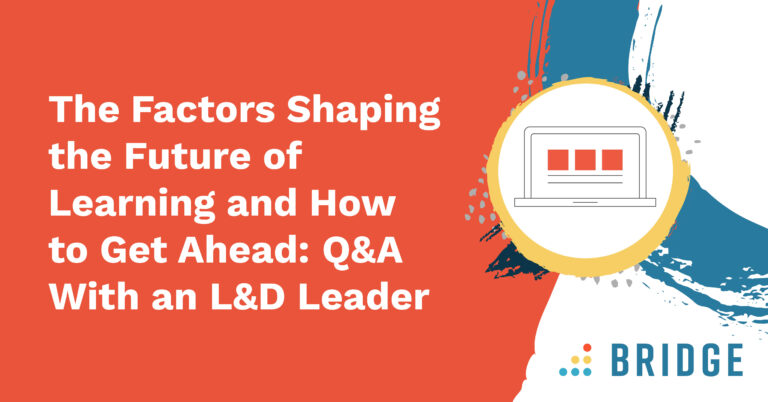Gallup surveys paint a pretty bleak picture when it comes to higher education institutions giving opportunities for their staff to “learn and grow”. The data is from the US, with college and university employees ranking in the bottom quartile, with only 4 in 10 HE employees feeling they’ve had good development opportunities in the year prior to the survey.
This is not a phenomenon confined to the US. This is a sector issue: in short, higher educational places are far from learning institutions when it comes to their staff.
We’ve discussed before the importance of developing a culture of learning within a place of learning. But management within HE also needs to know how to overcome the unique challenges faced by their employees when it comes to development and training.
Challenge: the Broad Spectrum of Talent
It’s difficult to think of any other sector where the spectrum of skills and talent is quite so broad. Within a higher education environment, you have an extraordinarily broad range of competencies, from low-skill entry and manual positions through to professors with multiple sets of letters after their name.
On one hand, you need to consider all employees as a cohesive force. On the other, trying to fit such a broad spectrum of roles and individuals into one learning, development and performance model is clearly a gigantic task.
Overcome this challenge: Use a single LMS + performance management platform for cohesion but one that allows for authentic personalisation.
Challenge: Restrictive Budgets
In the sector of higher education, we’re a world away from the profit spinning world of business. As such, budgets for learning and development fit the mould of all budgets within HE: they are notoriously tight. When organisational budgets are tight, training is nearly always one of the easiest things to cut because it rarely brings tangible instantaneous rewards.
Overcome this challenge: Use cost-effective solutions that allow you to develop in-house virtual training utilising the skills and resources that you already have. Measure ROI when instigating a new LMS.
Challenge: Not Enough Time
Exacerbated by the challenge of tight budgets, HE organisations are up against the challenge of being time poor. Individuals employees may well have nearly every hour of their week time-tabled, and may only be contracted for termly work when the needs of students takes precedence. For development opportunities to happen, they take away from time doing something else.
Overcome this challenge: HE institutions need to develop their own culture of learning that respects the needs of employees to develop and grow. In addition, apportion clear time allowances for development.
Challenge: Who is Responsible for Whom?
Within some areas of the HE institution, it’s possible to implement clear hierarchical reporting structures similar to those you’ll find within business. Here, it’s clear who is responsible for managing the performance of each individual and as such overseeing their development.
However, within the teaching departments of higher education, hierarchies are rarely so clear cut. Here, individuals may collaborate, work independently, or have multiple peer reporting relationships. In these situations, who is responsible for the performance management of each individual and also their training and development needs?
Overcome this challenge: Ensure each individual knows that their professional development is, at least in part, their responsibility, but also provide clear lines for performance management.
Challenge: the Workers Don’t Identify as Learners
In HE, the students are the learners. They are the ones who are being developed. They are the recipients of knowledge and skills.
It’s very hard for HE employees to identify themselves as learners – often, they are the teachers. Many haven’t ever been in a business environment where learning is recognised and valued as an important part of working life. As such, it can be challenging for HE employees to be engaged in learning and development opportunities.
Overcome this challenge: Create and deliver inspirational and multi-media e-learning opportunities which can be accessed conveniently and which are rewarded.
Universities CAN Learn
It’s in the interests of HE leaders all the way down to the students themselves, for higher education institutions to be organisations which value and deliver high-quality training and development for their employees. There are challenges, but they aren’t insurmountable.
Bridge can solve the training and development challenges of higher education bodies. Find out how.



